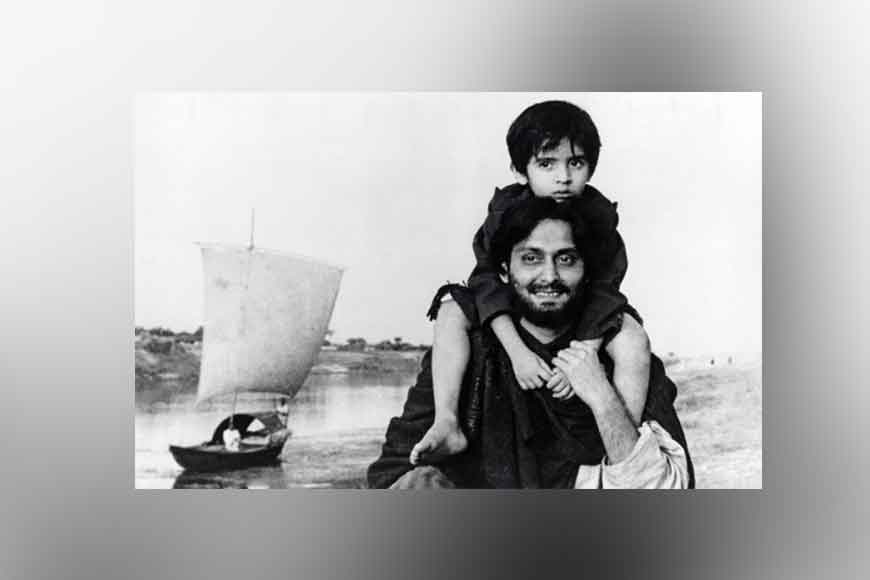Will Apu find a closure through ‘Abhijatrik?’

Ever wondered about how the journey of Apu - the central protagonist of the Apu Trilogy, came to an end? Since childhood, we have perennially been in love with ‘Apu’- the boy of Aam aantir Bhenpu and his gradual transformation caught on celluloid as Satyajit Ray’s Apu Trilogy which is not only a milestone in Bengali cinema but is also an indispensable film in the spectrum of world cinema. The journey from childhood to manhood, his character appeals to us in myriad forms. The last film culminates in a juncture where Apu meets Kajol - his son. It was 1959. Almost 60 years have rolled since then. It is time to unfold the next part of his journey on celluloid. It is the time for the monumental journey of Apu to come to a full-circle.
Satyajit Ray’s Magnum Opus ‘ Apu Trilogy’ comprised of Pather Panchali (Song of the Little Road), Aparajito (The Unvanquished), and Apur Sansar (The World of Apu).
Pather Panchali introduces us to Apu, the wide-eyed, mischievous child whose simplicity and chemistry with her sister Durga leaves a sense of ever-lasting ecstasy in our hearts. The film focuses on the childhood of Apu struck by poverty in the backdrop of a remote village. Be it exploring little wonders of life, embracing a rural shower, eating mango pulp together, and of course, the unforgettable sequence of watching the train together amidst kashphul. The train sequence is of course, synonymous to death which becomes an inevitable part of Apu’s journey. Imagination knew no bounds for the brother-sister duo. The world of Apu and Durga takes us to faraway lands of fantasy. The film ends with the loss of Durga which leaves an unparallel void in the life of little Apu and of course, in the hearts of many.
The childish impressions found in the film frame somehow contribute to the sensitive man that Apu turns to later in life. The free-spirited child finally grows up and the journey stays within us, even today. Ray, somehow shows us how experiences make a human being grow with time. We next meet Apu at the age of 10 living in Benaras in Aparajito and the narrative continues from where the first film leaves off. It somehow deepens the tale of Apu. We can see the family moving away from the village to the holy city of Varanasi. The narrative has a tender expression. Eventually, Apu goes to Kolkata to continue his studies. The child grows up into a curious teenager.
The last film Apur Sansar unwinds when Apu is in his twenties, striving to be a writer and has finally found his significant other. A sense of bureaucracy prevents him to get a suitable job in the city. The story talks about his romantic awakening. Apu finally finds love but that too is short-lived. It is an aftermath of love and loss. The loss of his wife leaves him devastated. There is a strange longing for love which leads him into self-destruction. The poignant tale later enables him to overcome his isolation and embraces his son, Kajol.
Apur Sansar marks the conclusion of the Apu Trilogy but keeps us wondering what is in the end? We somehow, cannot accept the tale of Apu fading into oblivion.
If you go by the text of Bibhutibhushon, you will find Apu returning to his ancestral home at Nishchindipur with Kajol. This finality in tale will be brought to celluloid by none other than Madhur Bhandarkar, through his production ‘Abhijatrik’. He had always been fascinated by the emotional journey of Apu. This film will explore the relationship of Apu and his son. The audience will get to discover Kajol- Apu’s son in a new light. There are important characters like Durga, Aparna, Ranudi and Lila in the film. The character of Lila is nowhere to be found in ‘Apu Trilogy’ but plays a significant role in Bibhutibhushan’s text.
Will Abhijatrik be accepted by Bengal’s cinema lovers?










